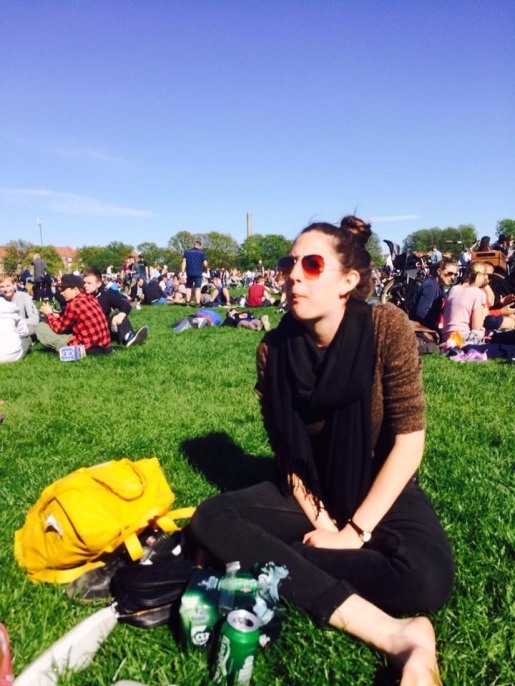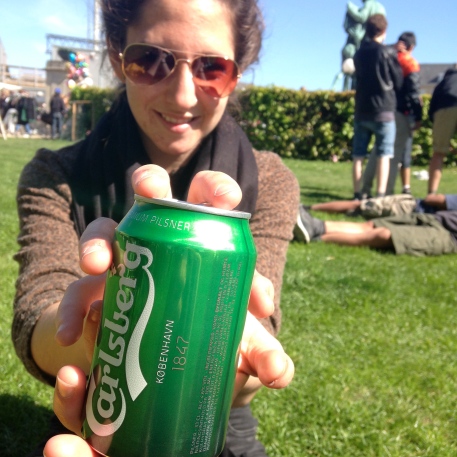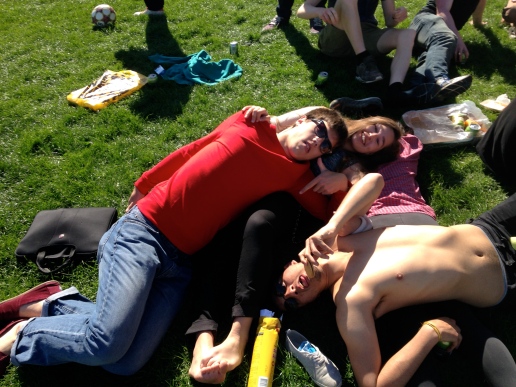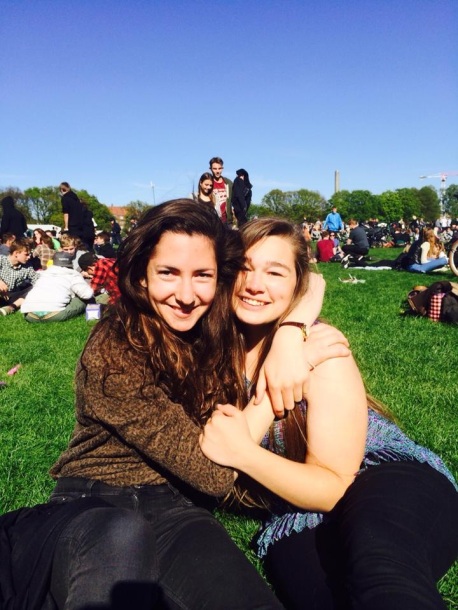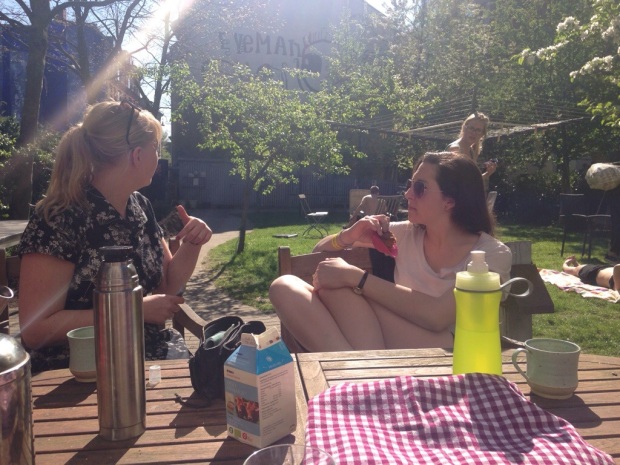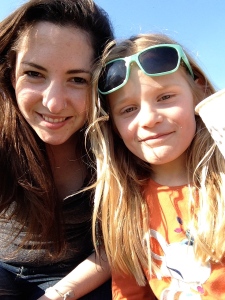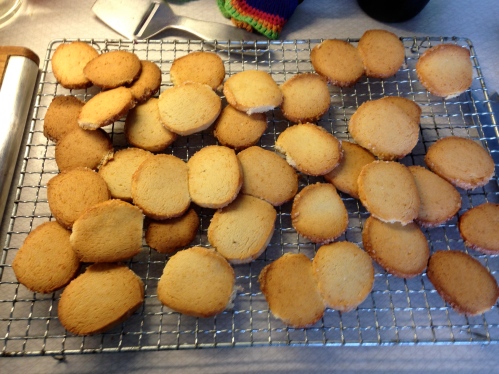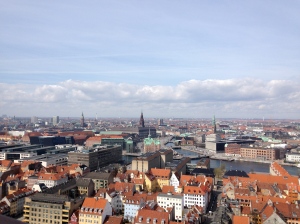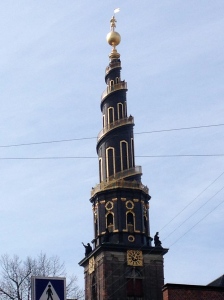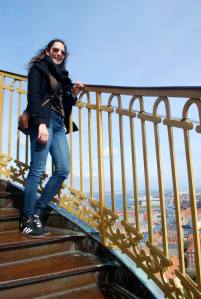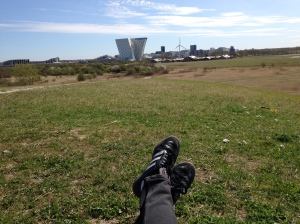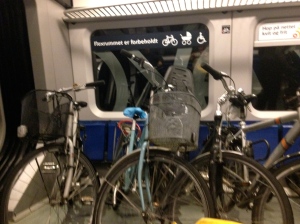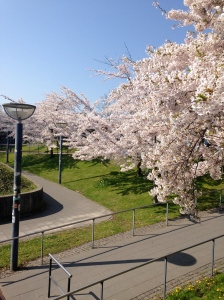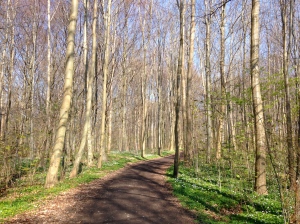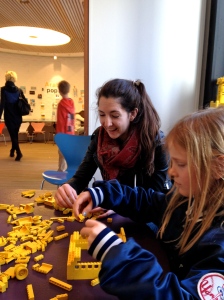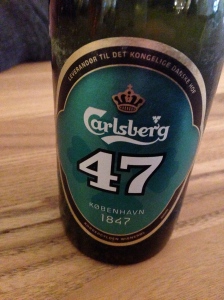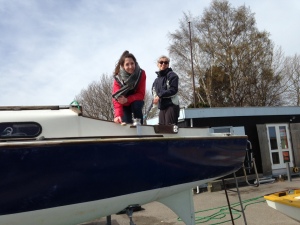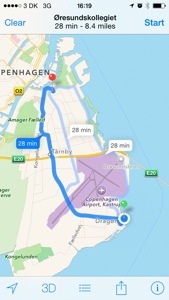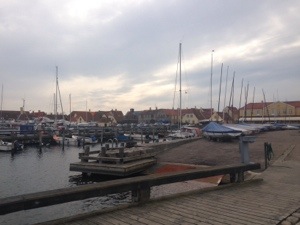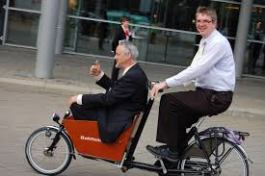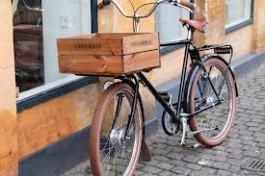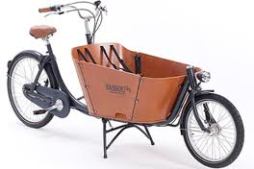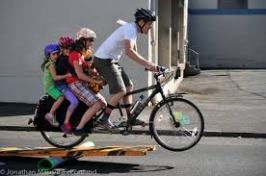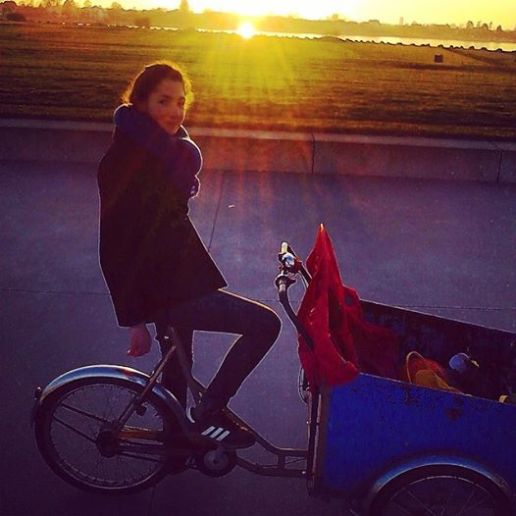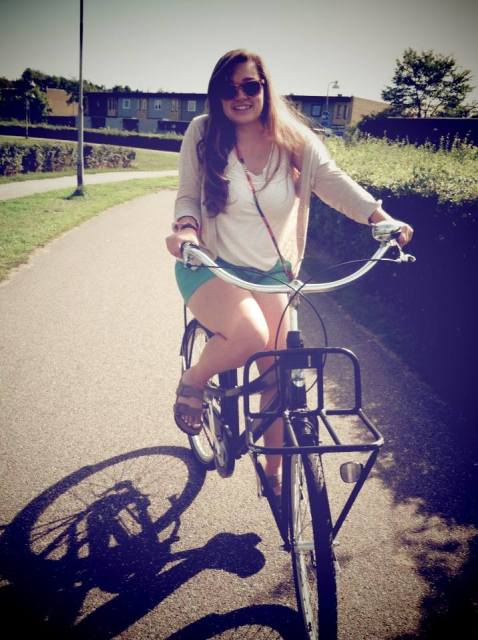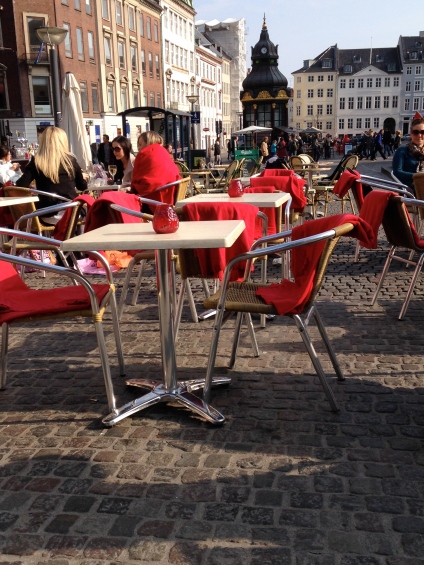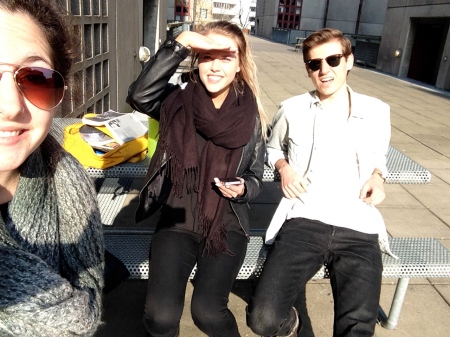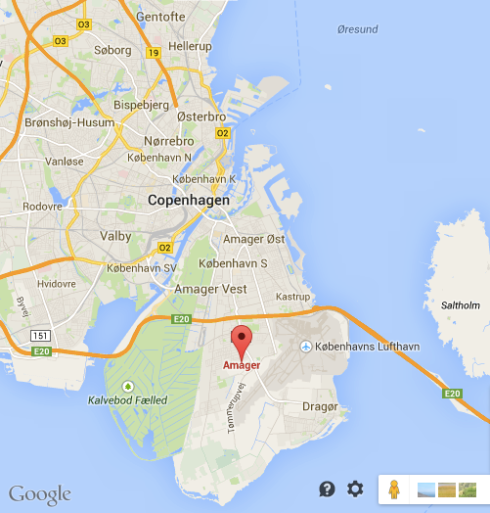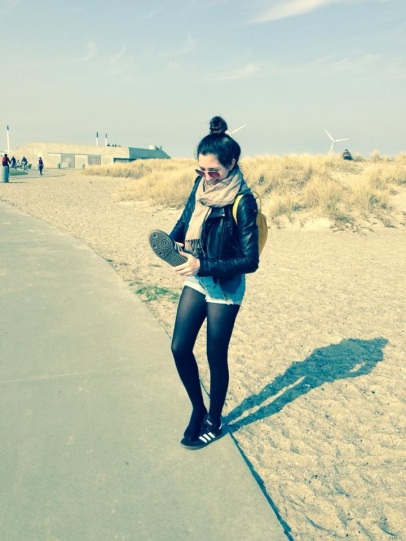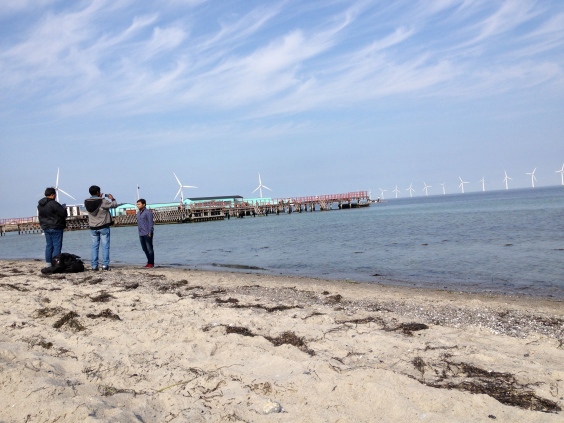So I’m clearly back in the US and well into my fall semester here at Vanderbilt. BUT, my posting on this study abroad blog is not completely strange or irrelevant! I now work as a Peer Advisor at Vanderbilt GEO, the Global Education Office.
Just last week I was helping lead the pre-departure orientation for students who will be in Copenhagen during the coming semester. Students had lots of logistic questions that DIS provides answers to through their pre-departure materials and on their website, but one question in particular stood out: how do you save money in Copenhagen?
Given that Denmark is unavoidably expensive, it can present worries for students who are a little tighter on cash. So without further ado, a guide to living frugally in Copenhagen.
Day to Day costs
If you’re not living with a host family or at a folkehøjskole, one of your largest expenses will be food.
DIS gives students a grocery stipend that is intended to cover partially cover some of your food expenses. While it would be extremely difficult to make this cover all of your meals over the length of your stay, there ARE creative ways to make the stipend and your money last longer.
1. Do not buy luxuries- mostly alcohol or candy, these items will kill your food stipend very quickly. Given the conversion rate and the differences of price levels, it can be more difficult to recognize how much money your spending. I recommend creating a weekly budget for luxuries and “treats.” I choose to make my weekly spending ceiling 500 dkr (about $100) to encompass all the extra things I might want, whether it be a pastry or a cup of coffee at an expensive cafe or a beer by the harbor.
2. Eat like the Danes- modifying your diet to be more Danish will save you money in the grocery store. Quite simply, some things that are standard in the US are considered a bit of a novelty in Danish grocery stores. For one, meat is taxed pretty highly, so reducing your meat consumption will help lower the grocery bill. Eggs are cheap. Oatmeal or Muesli and yogurt are standard breakfast fare. Vegetables and produce don’t vary significantly from prices in the US, and if you like potatoes you’ll be pretty happy with Danish cuisine. If you really find yourself wanting more meat in your diet, I recommend frozen Frikadeller. These traditional Danish meatballs are not only delicious, but their ubiquity makes them easy to find and relatively inexpensive. On another note, if you generally keep Kosher or Halal, you may have some difficulties.
3. Don’t eat out- of course this isn’t a hard and fast rule, but a sit down dinner is extremely expensive in Copenhagen. It is much more typical for young people to get together and cook a meal together than to go to a sit down dinner. On a related note, when you DO go out to dinner, make an event of it. Danish meals are for enjoying each others company, and expected to be long. Service will be slow. But there’s also no need to feel guilty about camping out at a table after you’ve paid, or waiting around for late night specials to start. Food service employees are paid hourly, so they won’t feel have a high table turnover to get enough tips.
4. Take advantage of DIS events- there’s often free food, it’s a no brainer. Additionally, optional study tours, adventure trips, and DIS sponsored cultural outings will give you a lot of bang for your buck. The people organizing these have the advantage of economies of scale, connections and general knowledge of the market that can only come with time and experience. If there’s a place you want to go and DIS offers a trip, it’s pretty likely that they will do it cheaper than you.
5. Choose your travel carefully- certain cities will be much more friendly to your wallet. Additionally, try to take advantage of where other friends are studying abroad. Not only will they know the city, but if they have room for you, you get a free place to stay, and a kitchen to cook food in, instead of eating out.
6. Get involved- by far the easiest way to know where the cheap things are and whats worth it or not is to ask somebody who knows. Ask a program assistant, ask your Danish teacher, ask the people who work at the front desk of DIS. Make friends with people in your kollegium, ask your host-siblings, volunteer friends or team mates. Above all, treating your time abroad like a life instead of an extended vacation not only will save you money, but will insure you have the best experience possible.


